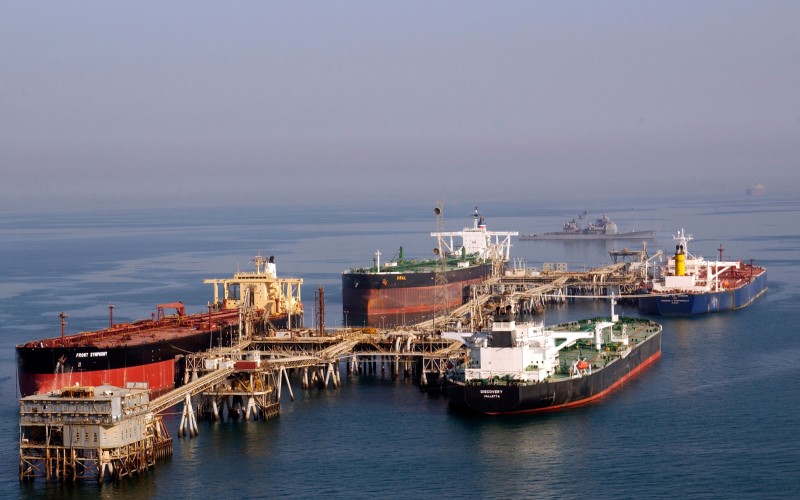-
Tips for becoming a good boxer - November 6, 2020
-
7 expert tips for making your hens night a memorable one - November 6, 2020
-
5 reasons to host your Christmas party on a cruise boat - November 6, 2020
-
What to do when you’re charged with a crime - November 6, 2020
-
Should you get one or multiple dogs? Here’s all you need to know - November 3, 2020
-
A Guide: How to Build Your Very Own Magic Mirror - February 14, 2019
-
Our Top Inspirational Baseball Stars - November 24, 2018
-
Five Tech Tools That Will Help You Turn Your Blog into a Business - November 24, 2018
-
How to Indulge on Vacation without Expanding Your Waist - November 9, 2018
-
5 Strategies for Businesses to Appeal to Today’s Increasingly Mobile-Crazed Customers - November 9, 2018
Cheap oil to hit rival supply harder in 2016
OPEC increased its crude output to its highest level in over three years as it pushed forward with its strategy of protecting its market share and pressuring competing producers.
Advertisement
The West Texas Intermediate benchmark for US crude settled at $37.65 a barrel, the lowest since February 2009, amid expectations that low gasoline prices will continue after indecision on a production cutback at an OPEC policy meeting on Friday.
“For 2016, global oil demand growth is expected to increase by around 1.25 mb/d, unchanged from the previous report, averaging 94.13 mb/d”, OPEC said.
The Organization of Petroleum Exporting Countries reported their collective production rose by 230,100 barrels a day in November to 31.7 million barrels as the group battles to hold market share in the face of sinking prices. “Total motor gasoline” gasoline supplied (the agency’s measure of consumption) averaged about 9.2 million barrels a day for the past four weeks, up by 0.7% compared with the same period a year ago.
Brent crude oil futures were up 36 cents at $40.62 a barrel at 0951 GMT.
OPEC said it saw production from non-member states faltering in 2016 under the strains of the current market environment.
The unrelenting low oil prices have prompted some US shale producers to turn off their taps, but not enough to rebalance the market, analysts said.
But OPEC also increased its 2015 non-OPEC supply growth forecast by 280,000 bpd, citing upward revisions to output from the United States, Brazil, Russia and the UK, among other countries.
With extra barrels coming from OPEC, the report points to a 860,000-bpd supply surplus in the market next year if the group keeps pumping at November’s rate, up from 560,000 bpd indicated in last month’s report.
In the past OPEC has responded to price falls by curbing production.
An OPEC meeting last week failed to set a new production ceiling.
There was a slight pullback from Saudi Arabia, but Iraqi volumes surged. Prices for everything from crude oil to industrial metals like aluminum, steel, copper, platinum, and palladium have collapsed even further in recent days. While the former may be a one-off factor, the energy component is likely to become less of a drag going forward as last year’s sharp decline in commodity prices begins the fall out of the annual comparison. David Mann, chief economist for the Asian region of Standard Chartered Bank, said Asian nations “still see low inflation pressure for now” with some upside risk in the latter half of next year.
Advertisement
However, the persistent low prices have been a boon for refiners who are capitalizing on the cheap crude.





























